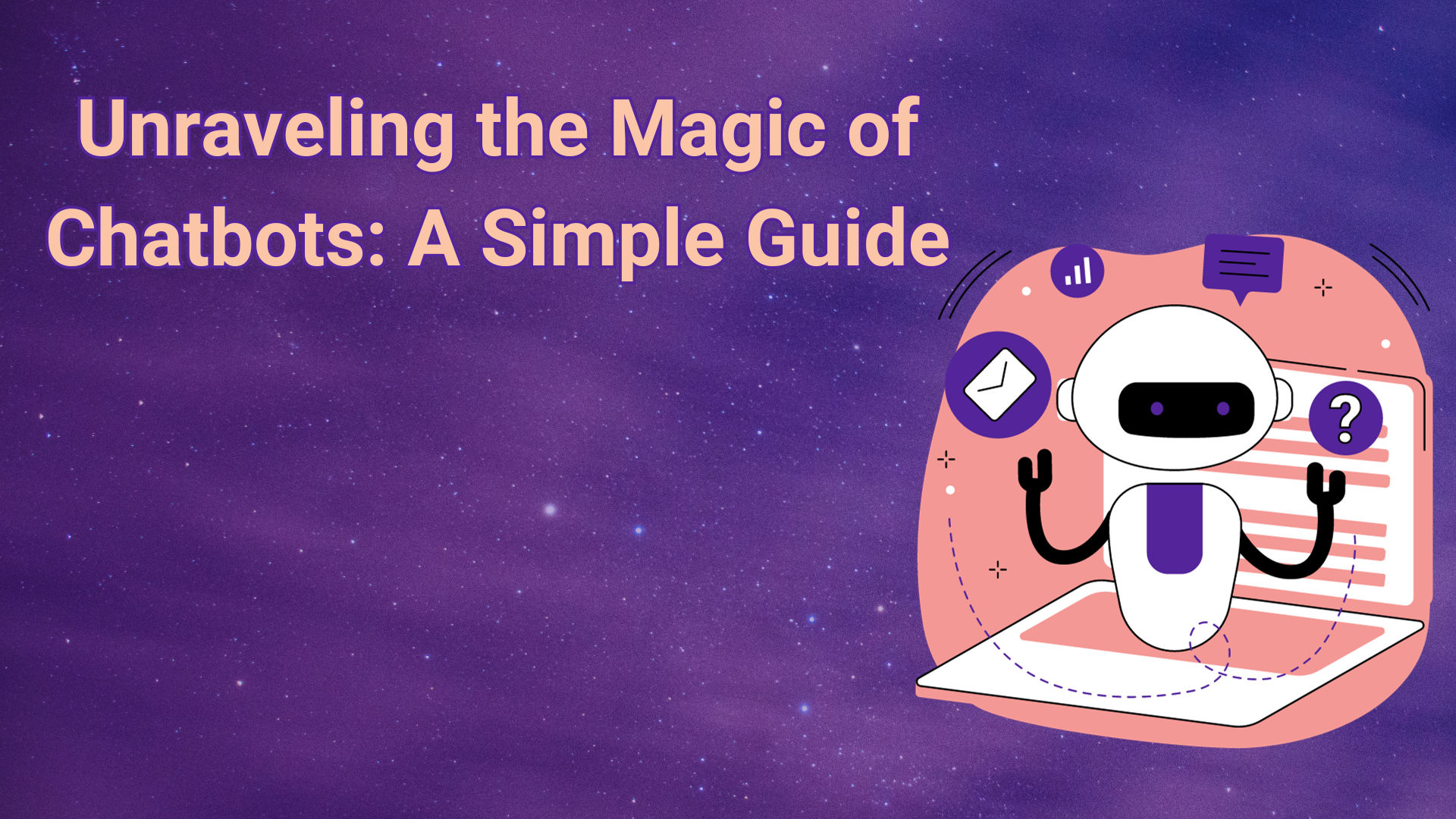Zero-Shot Prompting: A Deep Dive into AI’s Capabilities
In the realm of artificial intelligence (AI), mastering the art of prompting is like engaging in a conversation with a knowledgeable assistant. To achieve precise and meaningful responses, the prompts provided must be well-crafted. Among various prompting techniques, zero-shot prompting stands out as a pivotal strategy, especially when direct examples or task-specific training aren’t feasible.
This article delves into the theoretical underpinnings of zero-shot prompting and offers advanced strategies for crafting prompts that yield meaningful and accurate responses. The aim is to save time and enhance the quality of outputs, making AI interactions more effective.
Understanding Large Language Models (LLMs) and Zero-Shot Prompting
What Are Large Language Models (LLMs)?
Large Language Models (LLMs) are sophisticated computational systems designed to generate human-like text by learning from vast datasets. These datasets contain a diverse range of text examples, enabling the models to understand and replicate the nuanced patterns and structures of language. The power of LLMs lies in their ability to generate coherent and contextually relevant text based on the input they receive. They are the backbone of modern AI-driven text generation, powering applications in content creation, customer support, and beyond.
The Essence of Zero-Shot Prompting
Zero-shot prompting is a method where an LLM generates responses without prior exposure to specific examples of the task it is performing. This capability stems from the model’s extensive training across a broad spectrum of topics and scenarios. It is equipped to handle new prompts effectively by drawing on its vast pre-trained knowledge base, making it a powerful tool for users who need accurate outputs without providing explicit instructions or examples.
How Zero-Shot Prompting Works
Tokenization and Encoding
The first step in zero-shot prompting involves breaking down the prompt into manageable pieces, known as tokens. These tokens are then converted into numerical vectors that the model can understand. This process, known as tokenization and encoding, is crucial because it transforms the input text into a format that the model can process.
Contextualization
Once the prompt is tokenized, the model leverages its pre-trained knowledge to interpret the input. It does this by relating the prompt to similar contexts it has encountered during its extensive training. This step, known as contextualization, allows the model to understand the intent behind the prompt and to generate a response that is relevant and meaningful.
Decoding
The final step is decoding, where the model predicts and generates a response based on its interpretation of the prompt. This response is aligned with the user’s request and is delivered in a coherent and contextually appropriate manner.
Strategies for Enhancing Zero-Shot Prompting
Invest in Repetitive Prompts
Not all prompts are created equal. For prompts that you anticipate using frequently, investing time to refine and perfect them is crucial. This tailored approach ensures consistent quality and efficiency, which is particularly vital in professional settings where precision is paramount. By developing and refining repetitive prompts, users can ensure that their interactions with the AI are as effective and efficient as possible.
Use AI to Enhance Your Prompts
Before finalizing your prompts, consider leveraging AI tools that suggest improvements in specificity, context adjustment, or formatting. These enhancements can lead to more engaging and accurate responses, especially for users who are new to the topic. By using AI to refine prompts, users can achieve more precise and relevant outputs, enhancing the overall quality of their interactions with the model.
You are a resourcefull and powerful prompt-generating robot. You need to understand my goals and objectives and then design a prompt. The prompt should include all the relevant information context and data that was provided to you. You must continue asking questions until you are confident that you can produce the best prompt for the best outcome. Your final prompt must be optimised for interactions with Large languge model. Start by asking me to describe my goal, then continue with follow-up questions to design the best prompt.
Examples and Techniques for Prompt Optimisation
Be Specific When Needed
Tailoring your prompts to guide the model toward the desired outcome is crucial. For example, the prompt “Explain how no-code platforms can benefit small businesses in reducing development costs” targets a specific utility of no-code platforms. This specificity makes the response more relevant for entrepreneurs who are interested in understanding the financial advantages of no-code platforms. By being specific in your prompts, you can guide the AI to produce more relevant and useful responses.
Set the Context Appropriately
Depending on your audience, adjust the prompt’s context to either simplify or enrich the response. For example, a question framed for a technical audience might include more jargon than one intended for a general knowledge audience. Setting the context appropriately ensures that the AI’s response is aligned with the user’s level of understanding and expertise, making the interaction more effective.
Practical Applications of Zero-Shot Prompting
Content Generation
Zero-shot prompting can be used to generate informative content on a wide range of topics without needing detailed examples. For instance, if you’re writing about no-code and low-code tools, a well-crafted prompt can guide the AI to produce content that is both relevant and informative, even without prior examples.
Customer Support
In customer support, zero-shot prompting equips chatbots and virtual assistants to handle diverse queries with high relevance and accuracy. By using zero-shot prompting, customer support systems can provide accurate and helpful responses to a wide range of customer inquiries, improving the overall customer experience.
Project Planning and Summarisation
Zero-shot prompting can also be used to suggest methodologies or summarize project plans effectively. This application is particularly useful in professional settings, where accurate and concise summaries are essential for effective communication and project management.
[WPSM_AC id=2236]
Conclusion
Mastering zero-shot prompting transforms how we interact with AI, making it a robust tool for various applications, from technical support to content creation. By investing in prompt refinement and utilising AI to enhance these prompts, you can achieve more precise and useful outputs. This approach streamlines workflows and enriches user interactions with AI systems, making them more effective and efficient.



